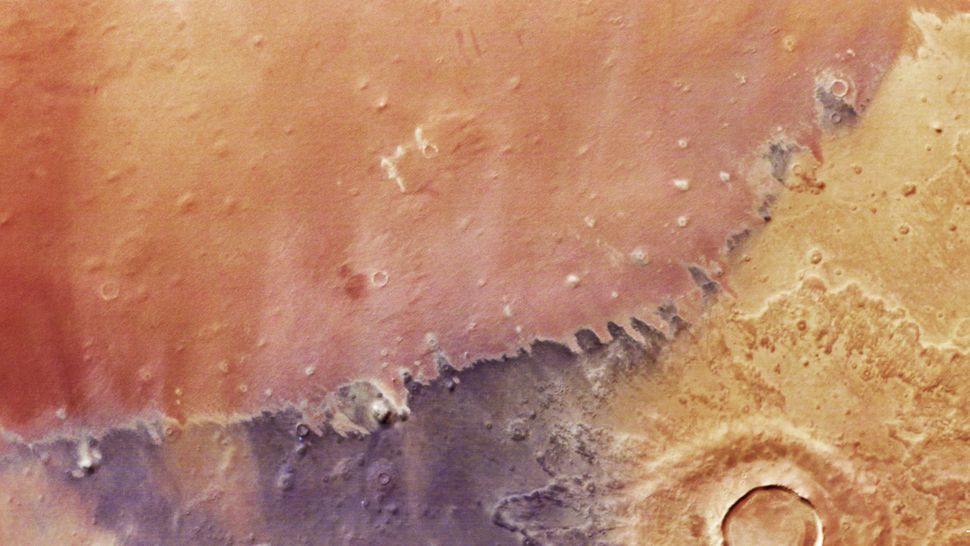Venera timeline: The Soviet Union's Venus missions in pictures
Learn all about the Venera missions, which launched between 1961 and 1983.
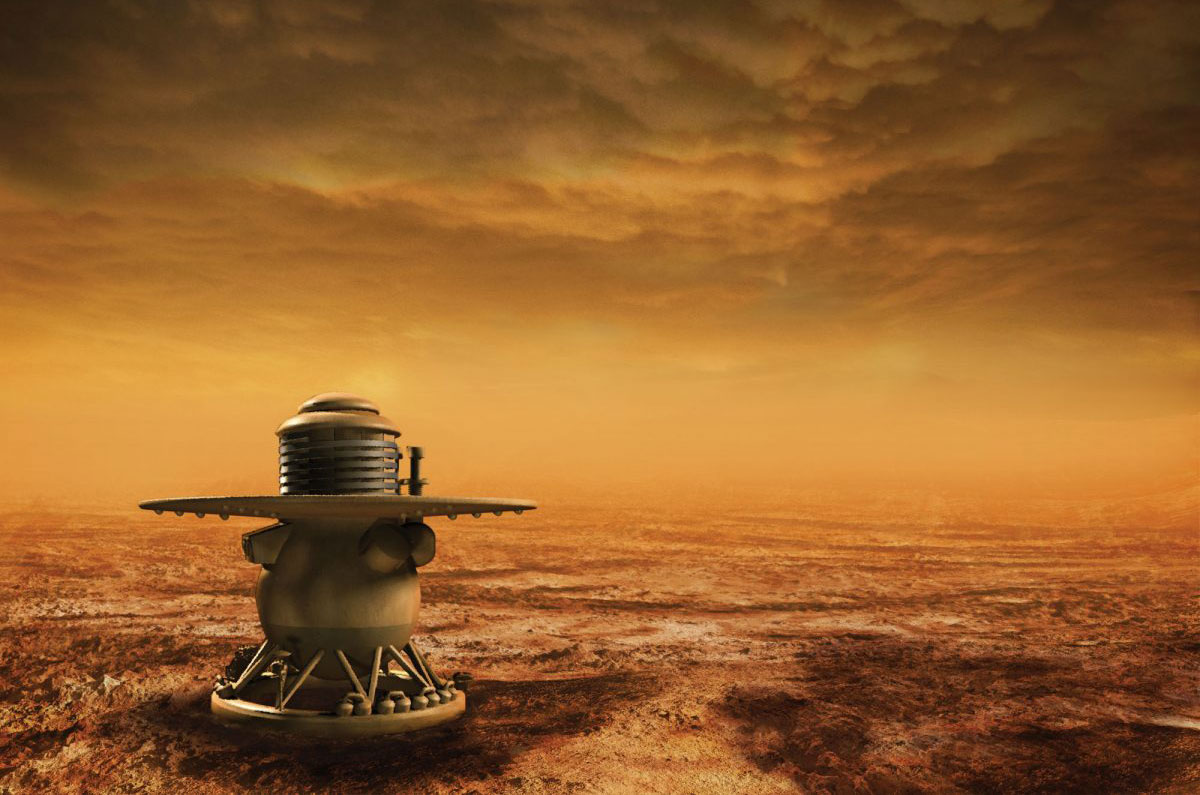
Of the 30 space missions to successfully fly by or orbit Venus to date, more than one-third were part of the former Soviet Union's Venera series of robotic probes.
Launched between 1961 and 1983, the Venera (or "Venus" in Russian") missions were focused on studying the second planet from our sun. Of the 28 spacecraft launched, 13 entered the Venusian atmosphere and eight successfully touched down on the surface.
The Soviet program set several firsts, including the first probe to descend into the atmosphere of a planet other than Earth; the first spacecraft to make a soft landing on another planet; and the first missions to return images and sounds from the surface of another planet.
Roscosmos, Russia's federal space corporation, is now developing the first new Venera mission since the fall of the Soviet Union. Venera-D, targeted for launch in 2029, would include an orbiter and a lander and serve as a model for future missions to Venus.
Click through the slideshow to learn all about the Venera probes and their discoveries.
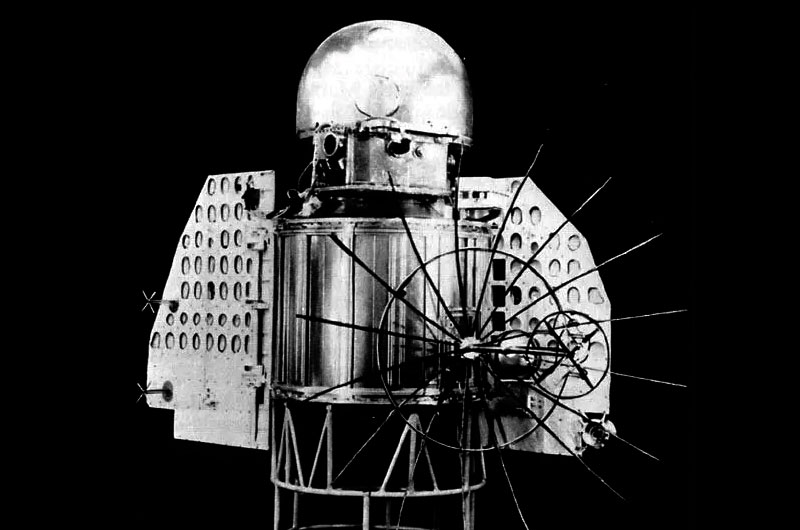
Venera 2
The Soviet Union's first seven attempts at launching to Venus, between February 1961 and March 1964, ended almost before they began, with a string of upper-stage launch failures. The Soviet space program gave these early missions an alpha-numeric designation; "Venera" was reserved for missions that at least left Earth orbit.
Venera 1, launched on Feb. 12, 1961, ceased communicating on the way to Venus. Venera 2, launched on Nov. 12, 1965, was the first of the probes to successfully fly by Venus three months later, but it failed to transmit any data from the encounter.
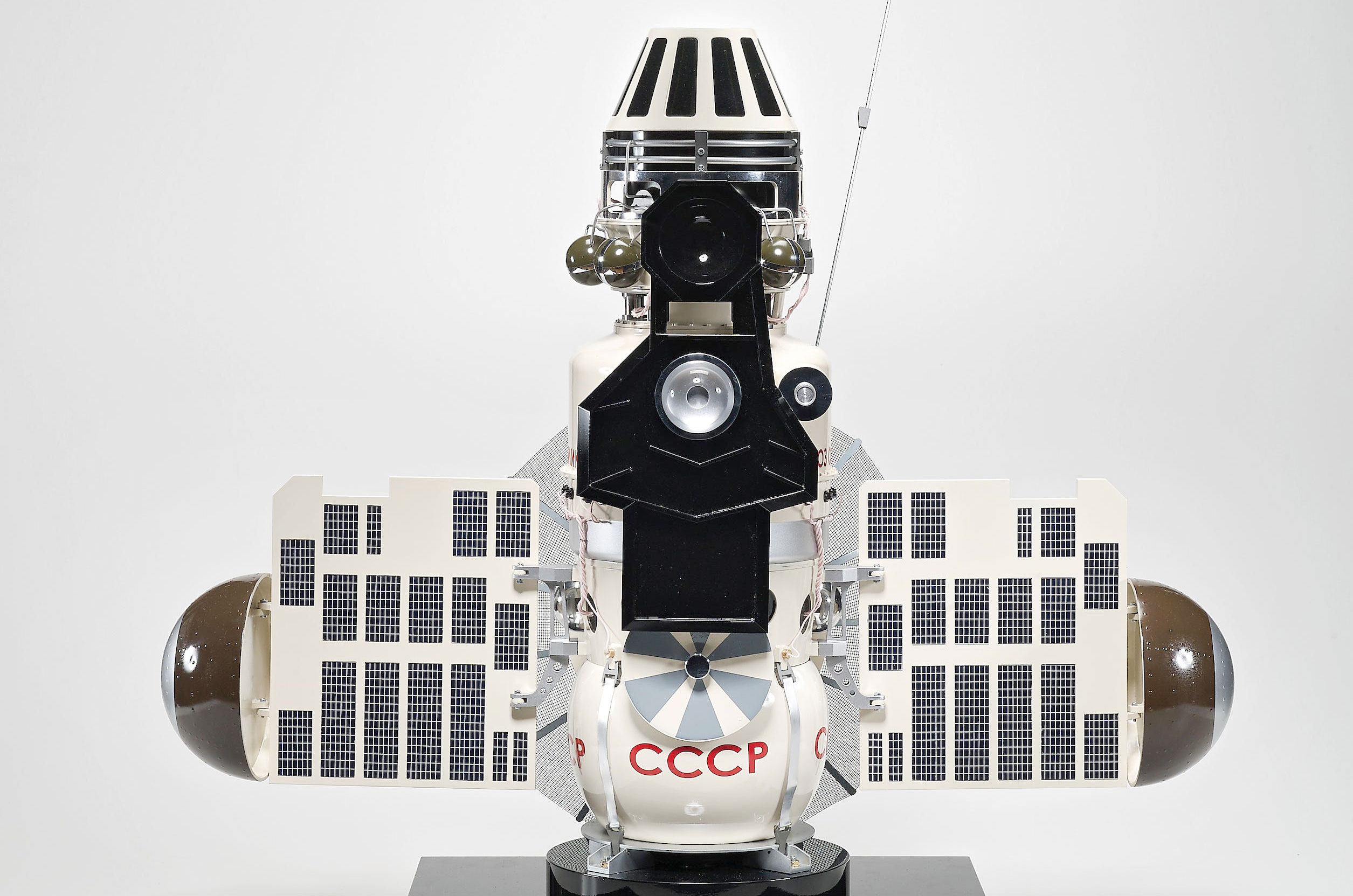
Venera 3
Launched on Nov. 16, 1965, just four days after Venera 2, Venera 3 was aimed at entering Venus' atmosphere.
Again communications were lost before data on the entry could be sent back to Earth, but the spacecraft became the first to crash on another planet on March 1, 1966.
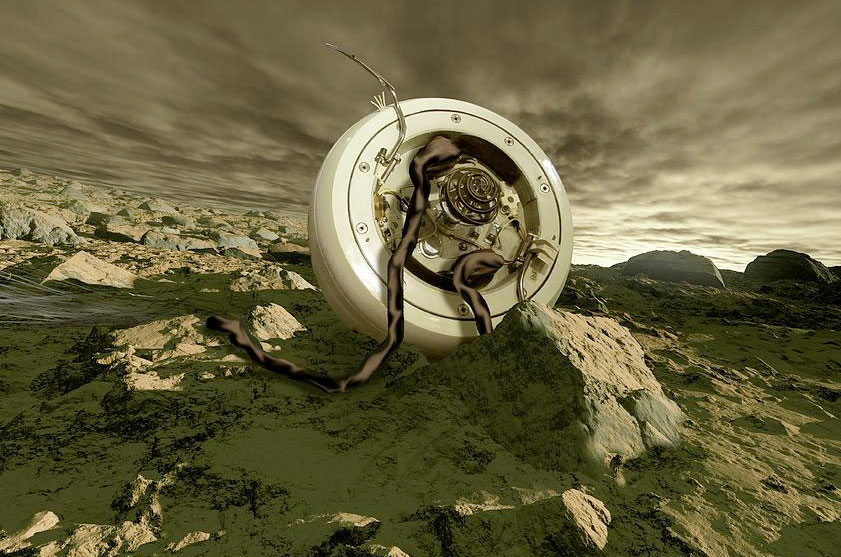
Venera 4
After another launch failure in November 1965, the Soviet Union stood down from trying to reach Venus for two years and redesigned its approach. Venera 4, launched on June 12, 1967, became the first probe to successfully return data from inside the Venusian atmosphere on Oct. 18, 1967.
Venera 4 showed that Venus' atmosphere was comprised mostly of carbon dioxide, with low percentages of nitrogen, oxygen and water vapor.
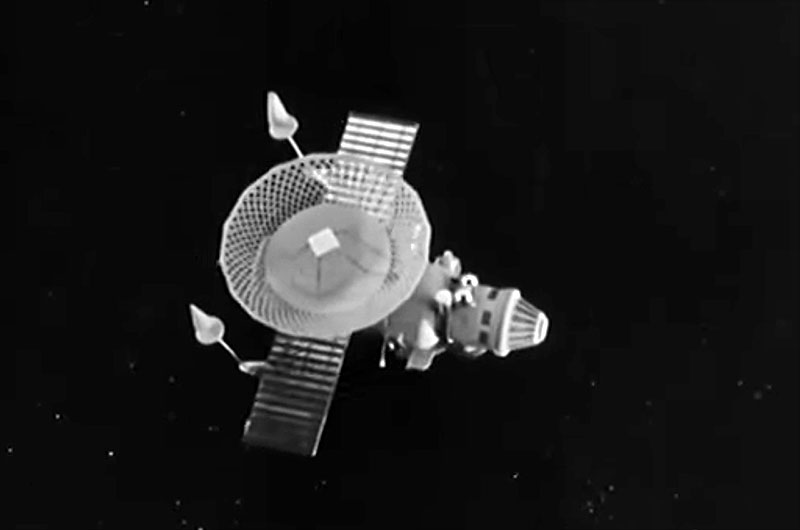
Venera 5 and Venera 6
Venera 5 and Venera 6, launched five days apart in January 1969, built upon the success of Venera 4.
Each spacecraft jettisoned a small capsule equipped with science instruments to descend by parachute through the Venusian atmosphere. Each operated for about 50 minutes before they were crushed by Venus' atmospheric pressure.

Venera 7
On Dec. 15, 1970, the Soviet Union's Venera 7 probe became the first spacecraft to soft land on another planet and the first to send back data from the surface.
Venera 7 measured the temperature to be 887 degrees Fahrenheit (475 degrees Celsius) before succumbing to the heat and pressure about 23 minutes after landing.
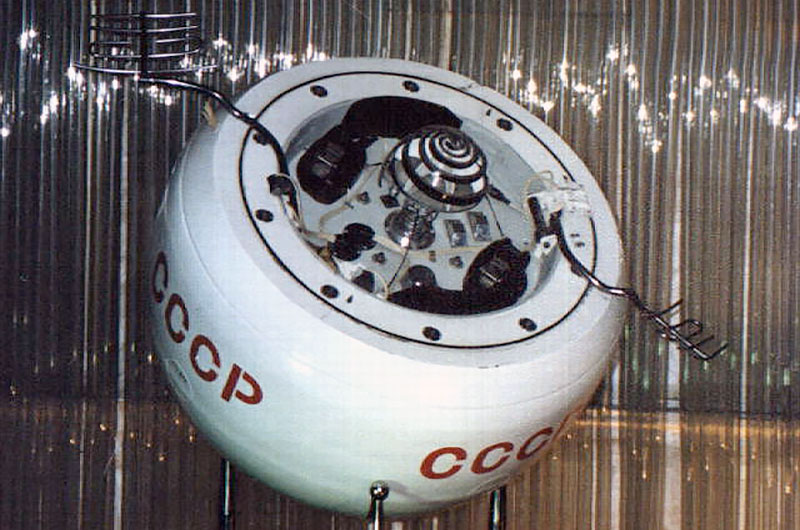
Venera 8
Venera 8 was the Soviet Union's first fully successful mission to Venus.
Landing on July 22, 1972, the probe operated a full 50 minutes, sending back data about the amount of light reaching the surface, as well as confirming the temperature and pressure data recorded by Venera 7.
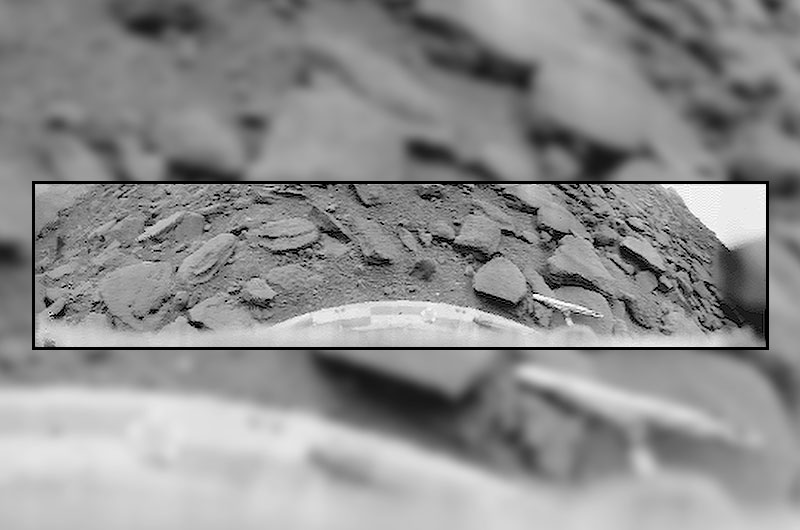
Venera 9
The black-and-white photo returned by Venera 9 on Oct. 20, 1975, marked the first time that a spacecraft transmitted an image from the surface of another planet.
The photo revealed Venus' smooth surface covered in stones and boulders.
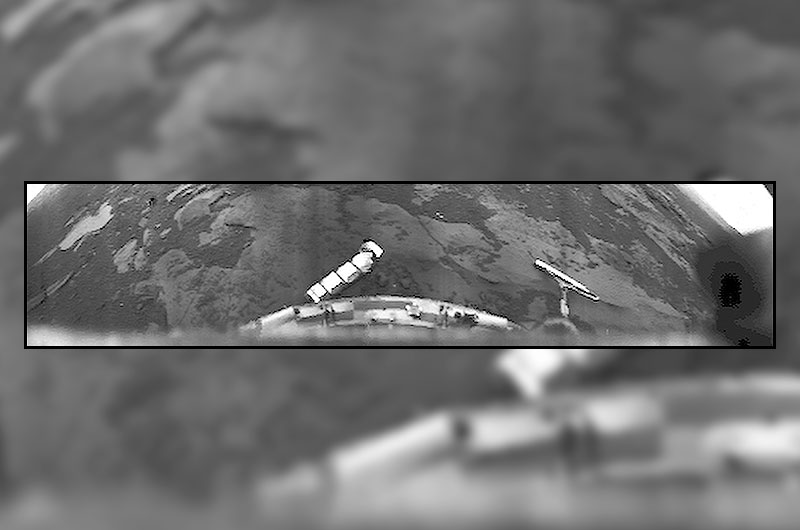
Venera 10
Venera 10, which entered orbit around Venus on Oct. 23, 1975 and landed two days later, sent back black-and-white images of flattened lava rocks and measured the speed of the wind at the surface.
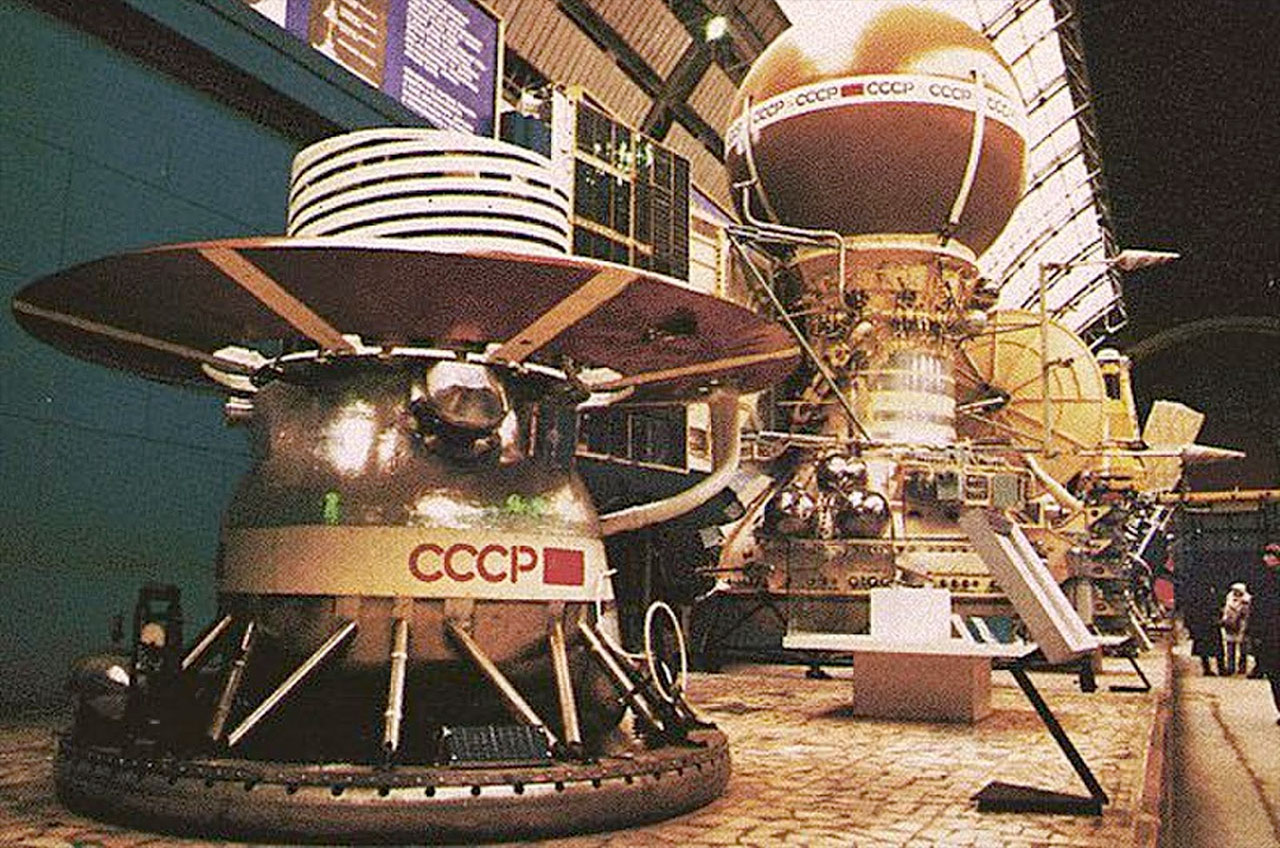
Venera 11 and Venera 12
Though both reached the surface of Venus in December 1978, Venera 11 and Venera 12 each had color camera failures, resulting in no photos being returned.
Venera 11 detected thunder and lightning, as well as low levels of carbon monoxide.
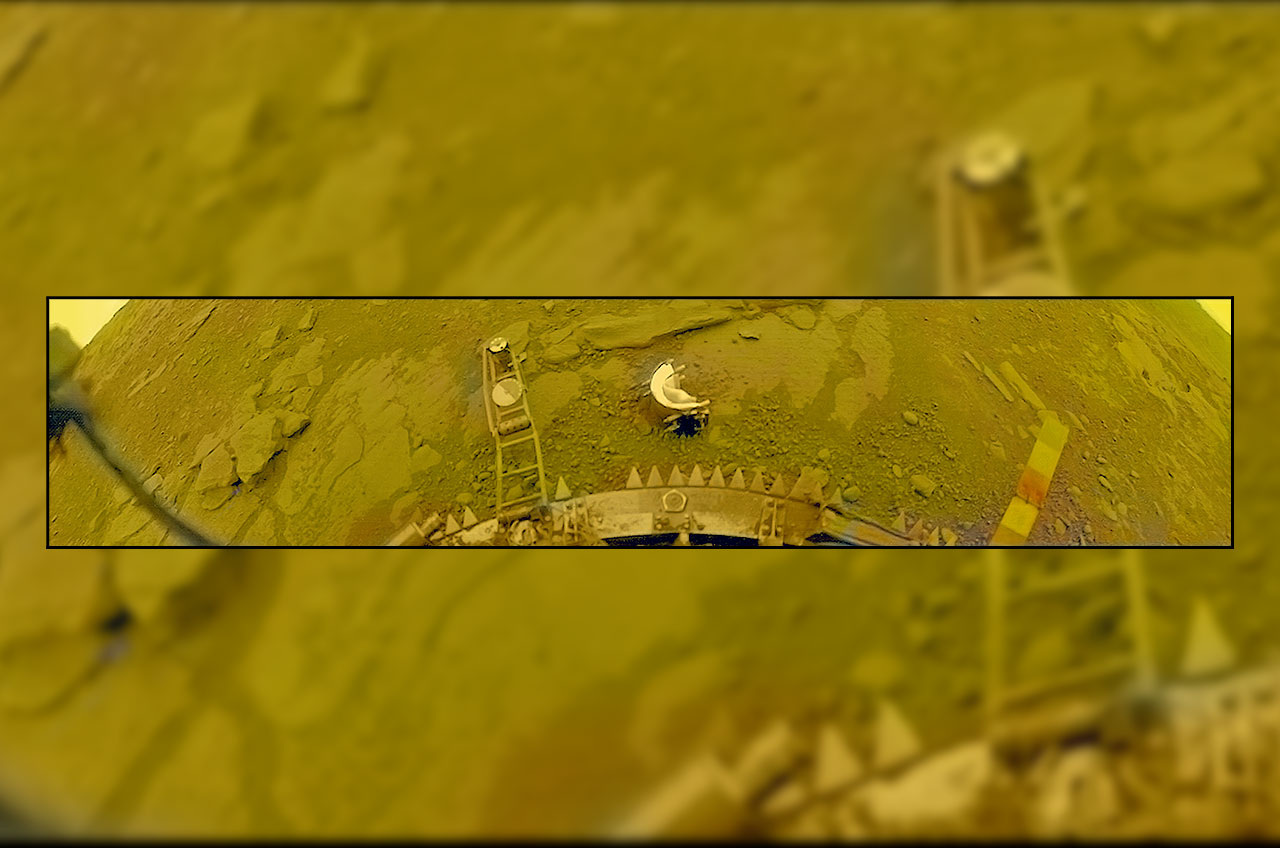
Venera 13
The microphones on Venera 13 captured the sounds of the Venusian wind, the first recording of any sound on a planet other than Earth.
The lander, which operated for 127 minutes on the surface — almost three times longer than planned — also sent back color photos and analyzed a sample of Venus' soil, or regolith.
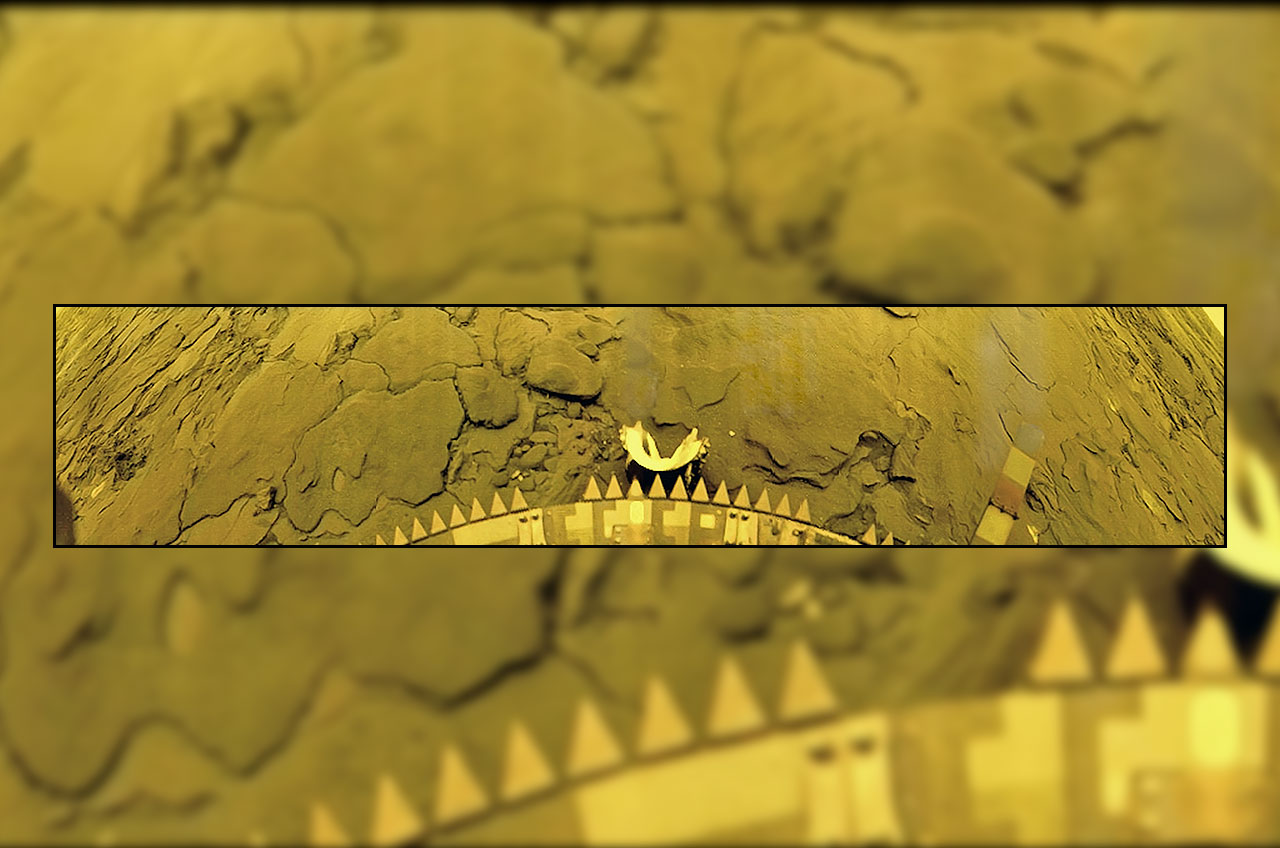
Venera 14
A twin of the Venera 13 spacecraft, Venera 14 landed on Venus on March 5, 1982, four days after its sibling.
It too recorded the sounds of the Venusian wind and sent back images. An attempt at measuring the compressibility of the surface soil accidentally measured an ejected lens cap instead.
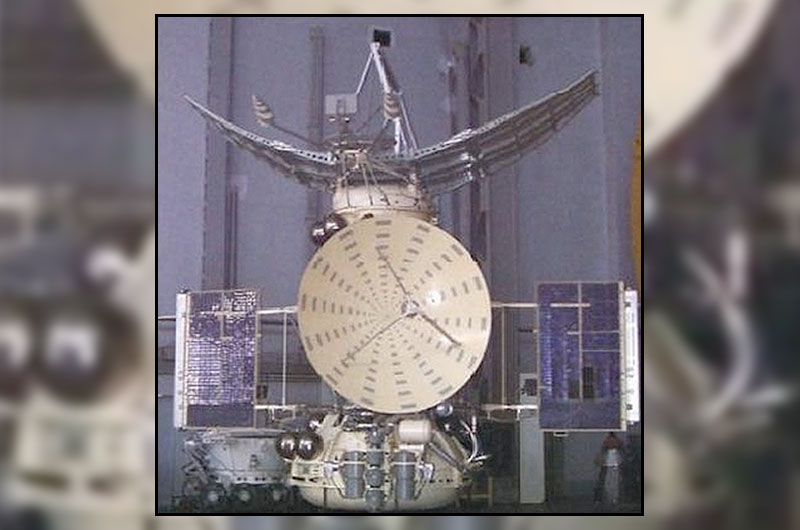
Venera 15 and Vega 16
Launched five days apart in early June 1983, Venera 15 and Venera 16 were orbiters designed to map the surface of Venus.
Each arrived around the planet in October 1983 and operated through July 1984.
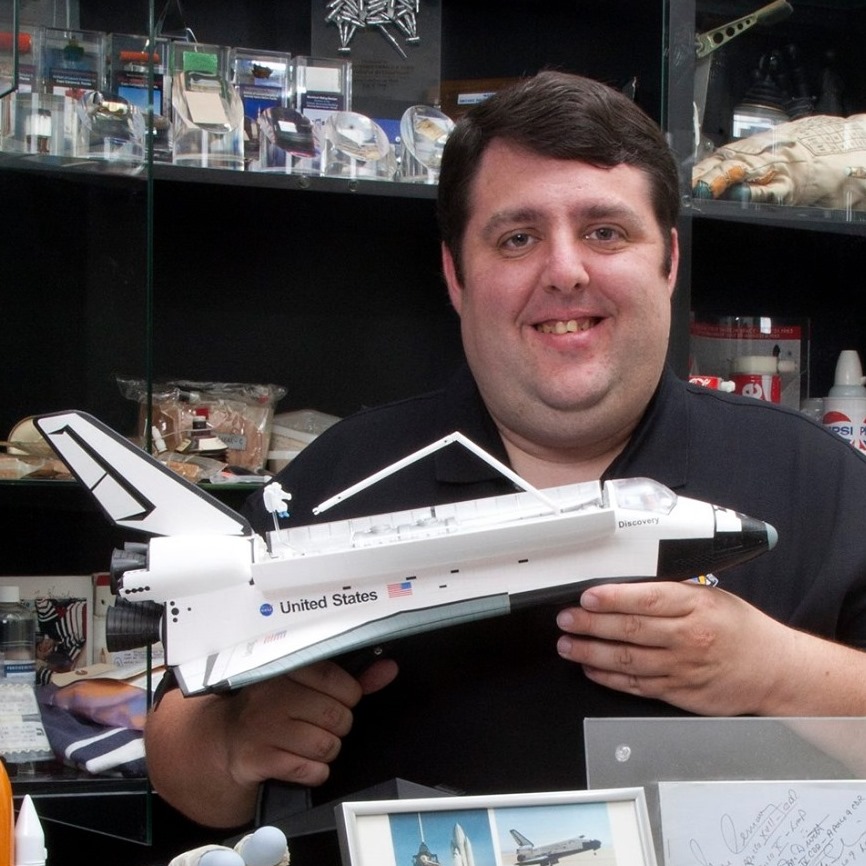
Robert Pearlman is a space historian, journalist and the founder and editor of collectSPACE.com, a daily news publication and community devoted to space history with a particular focus on how and where space exploration intersects with pop culture. Pearlman is also a contributing writer for Space.com and co-author of "Space Stations: The Art, Science, and Reality of Working in Space” published by Smithsonian Books in 2018.In 2009, he was inducted into the U.S. Space Camp Hall of Fame in Huntsville, Alabama. In 2021, he was honored by the American Astronautical Society with the Ordway Award for Sustained Excellence in Spaceflight History. In 2023, the National Space Club Florida Committee recognized Pearlman with the Kolcum News and Communications Award for excellence in telling the space story along the Space Coast and throughout the world.
